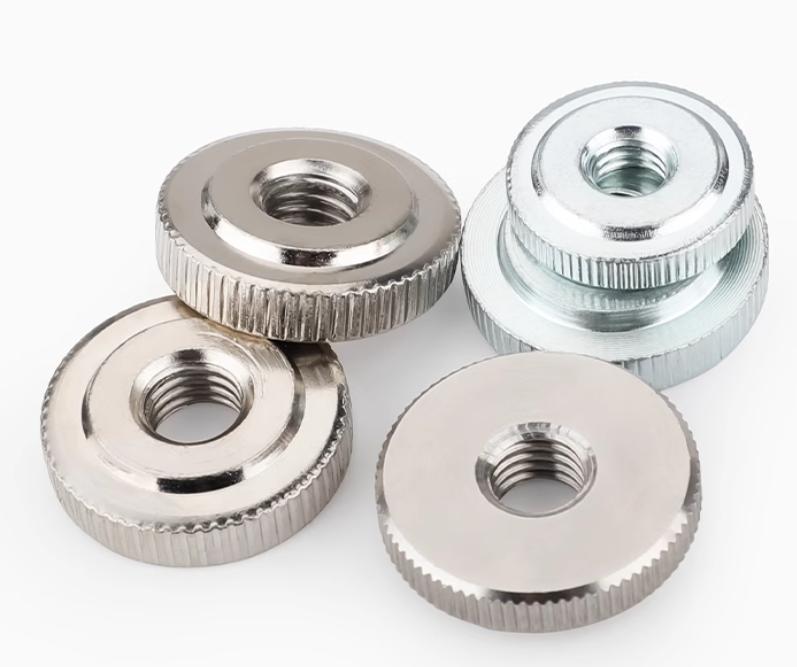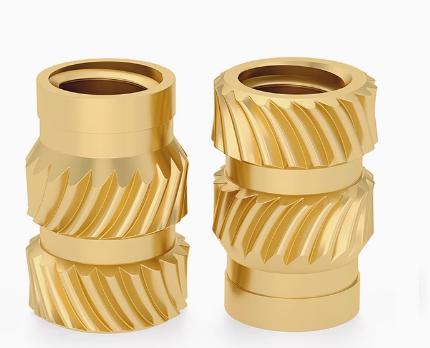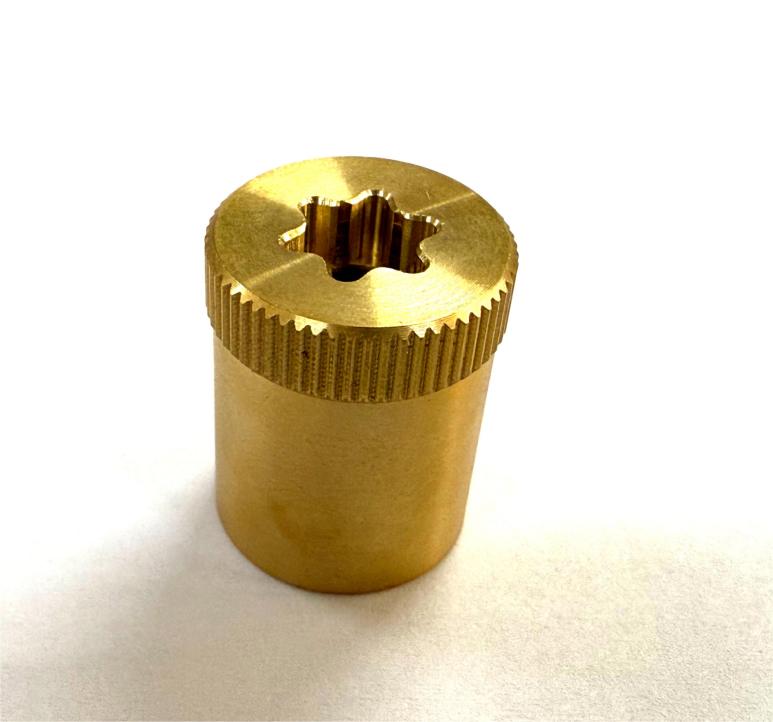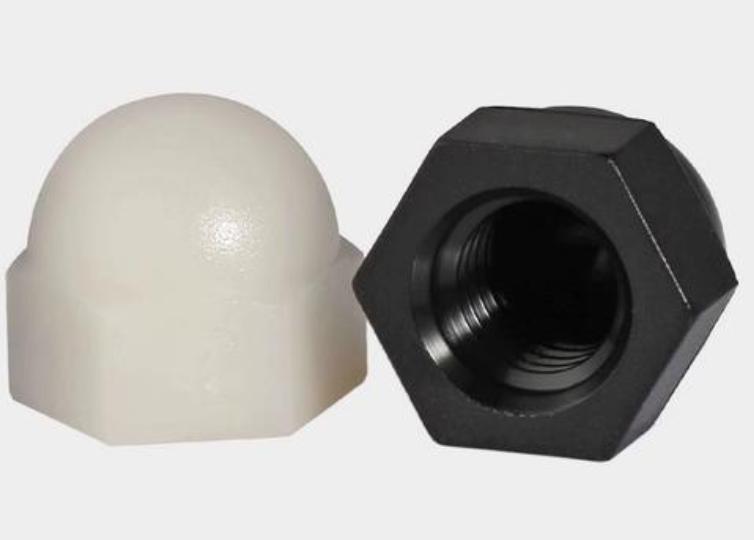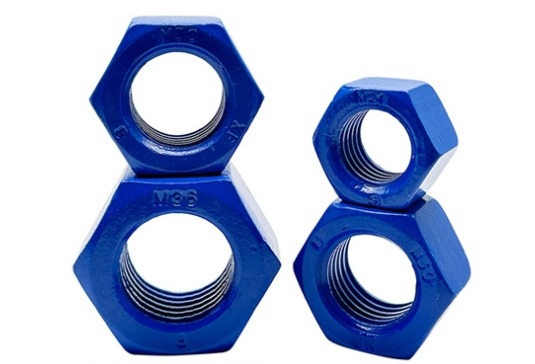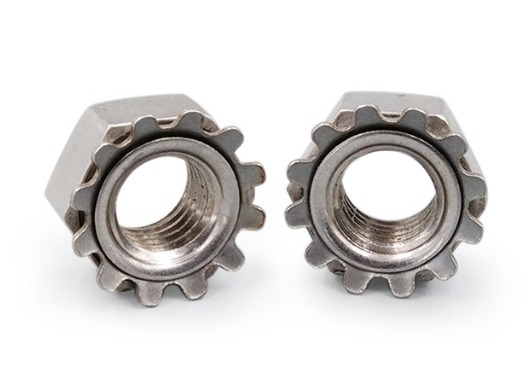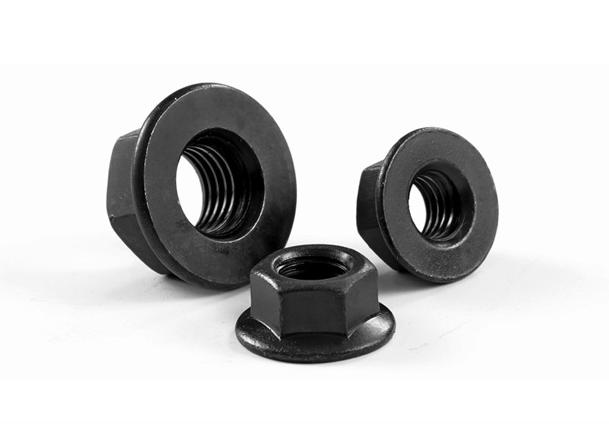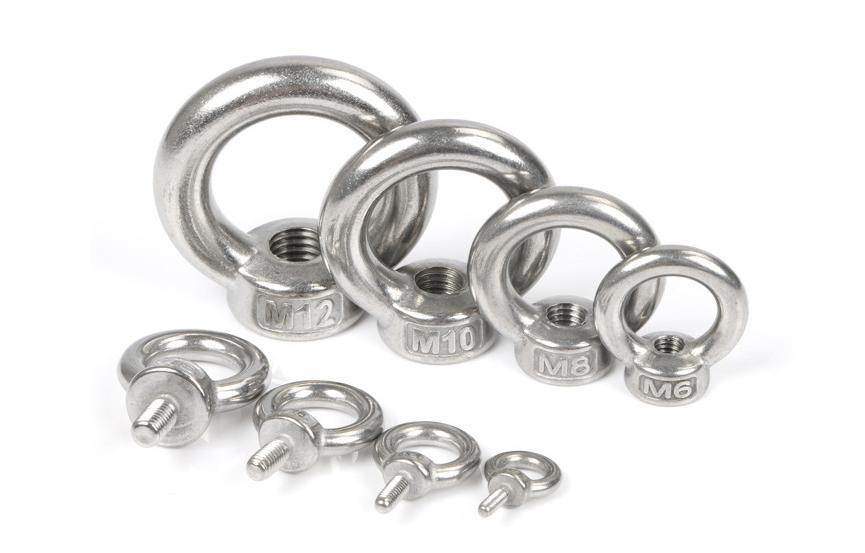What are the Latest Innovations in Nut Materials?
Nuts, though small in size, are critical components in a wide range of industries, from construction and automotive to aerospace and consumer electronics. As technology advances and industries demand higher performance, durability, and sustainability, the materials used to manufacture nuts are undergoing significant innovations. These advancements are not only improving the functionality of nuts but also addressing challenges such as weight reduction, corrosion resistance, environmental impact, etc. Here, we delve into the latest trends and breakthroughs in nut materials and their implications for the future of fastening technology.
Table of Contents
What are Rivets?
Nuts, though small in size, are critical components in a wide range of industries, from construction and automotive to aerospace and consumer electronics. As technology advances and industries demand higher performance, durability, and sustainability, the materials used to manufacture nuts are undergoing significant innovations.
These advancements are not only improving the functionality of nuts but also addressing challenges such as weight reduction, corrosion resistance, environmental impact, etc. Here, we delve into the latest trends and breakthroughs in nut materials and their implications for the future of fastening technology.
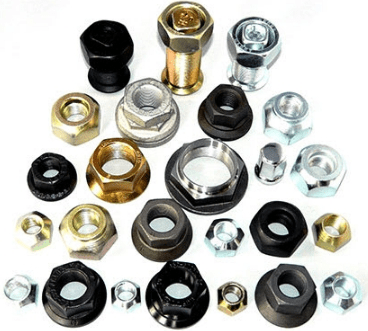
The Importance of Nut Materials
Nut materials are critical to the performance, durability, and safety of fastening systems across various industries. The choice of material determines a nut’s resistance to corrosion, temperature, and mechanical stress, directly impacting the reliability of connections in structures, machinery, and vehicles. High-quality materials ensure longevity and optimal performance of nuts, while innovations in materials enable nuts to meet the demands of extreme environments, lightweight designs, and sustainability. In essence, the right nut material is key to achieving both functional and structural integrity in any application.
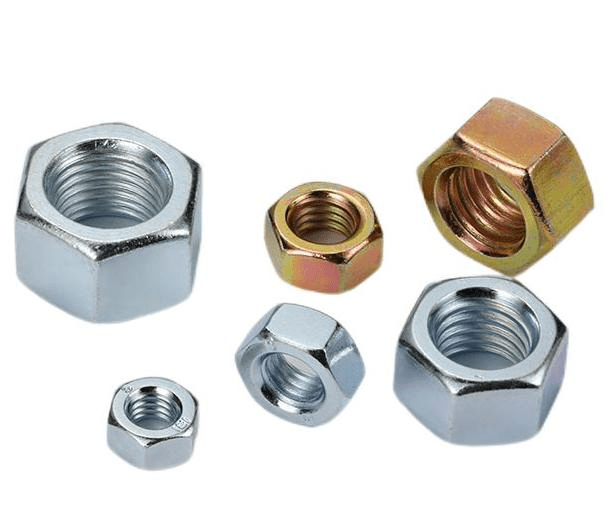
Traditional Commonly Used Nut Materials
This chart highlights both the advantages and limitations of traditional nut materials, helping guide material selection based on application needs and challenges.
| Material | Key Properties | Limitations |
| Carbon Steel | High strength, affordability, and easy machinability | Prone to rust and corrosion without protective coatings |
| Stainless Steel | Corrosion resistance, moderate strength, and durability | Higher cost compared to carbon steel; reduced strength at high temperatures |
| Brass | Corrosion resistance, good electrical conductivity, and non-magnetic | Brass nuts are soft and prone to deformation under high mechanical stress |
| Aluminum | Lightweight, corrosion resistance, and ease of machining | Lower strength compared to steel; can gall under high friction |
| Bronze | High corrosion resistance, wear resistance, and durability | Expensive and heavier than other materials like aluminum |
| Cast Iron | High strength and resistance to wear | Brittle and prone to cracking under impact or tensile loads |
| Nylon (Plastic) | Lightweight, non-corrosive, and electrically insulating | Low strength, not suitable for high-load or high-temperature applications |
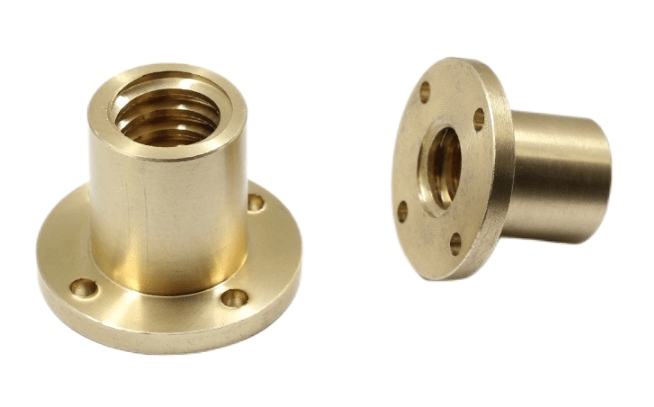
The Latest Advancements in Nut Materials
1. High-performance Alloys
Traditional materials like carbon steel and stainless steel have long been the standard for nut manufacturing, but they are increasingly being supplemented or replaced by advanced alloys that offer superior properties. For instance, titanium alloys have gained prominence in aerospace and marine applications due to their exceptional strength-to-weight ratio and resistance to corrosion. These alloys, such as Ti-6Al-4V, are capable of withstanding extreme conditions without compromising performance, making them ideal for high-stress environments.
Similarly, nickel-based superalloys like Inconel are being used in industries such as oil and gas, where nuts must endure high temperatures and corrosive environments. Even aluminum alloys, known for their lightweight nature, are being optimized to provide improved strength and resistance to wear, making them a popular choice in automotive and aerospace applications where reducing weight is a priority.
2. Lightweight Materials
Lightweight materials are particularly used in sectors that prioritize fuel efficiency and energy savings. Aluminum and magnesium alloys have become popular choices for manufacturers seeking to reduce the weight of components without sacrificing strength.
In the automotive industry, for instance, these materials have enabled the production of lighter vehicles, contributing to improved fuel economy and reduced emissions. Additionally, their machinability and cost-effectiveness make them attractive options for large-scale production.
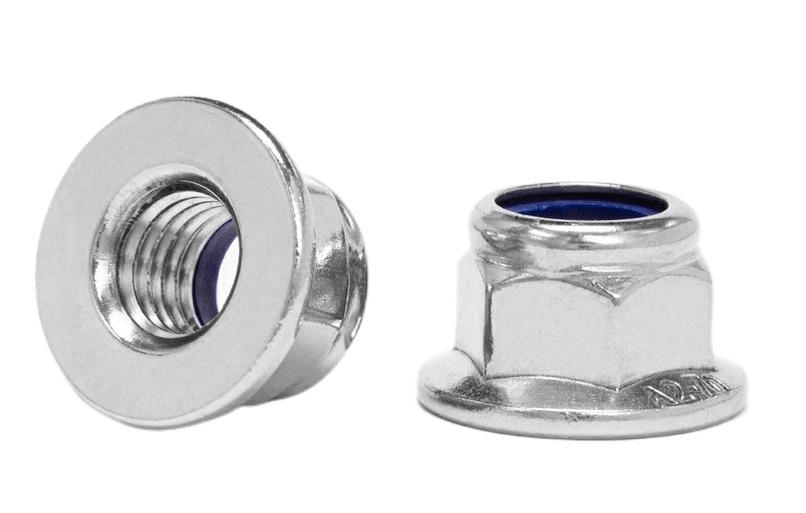
3. Composite Materials
Composites, which combine two or more distinct components to create a material with enhanced properties, are revolutionizing the industry by offering lightweight alternatives to traditional metal nuts. Carbon fiber-reinforced polymers (CFRP), for example, are gaining traction in industries where weight reduction is critical. These materials are not only lightweight but also exhibit high tensile strength and resistance to chemical degradation.
Glass fiber-reinforced polymers (GFRP) are another option, offering excellent insulation properties and corrosion resistance, making them particularly useful in electrical and electronic applications. Hybrid composites, which combine different types of fibers with polymer matrices, allow for the creation of nuts with tailored properties, enabling manufacturers to meet specific performance requirements such as enhanced durability or thermal stability.
4. Surface Technology
Coatings and nanotechnology have dramatically improved the performance and lifespan of nuts in high-stress environments. For instance, diamond-like carbon (DLC) coatings provide a combination of hardness, wear resistance, and low friction, making them invaluable in aerospace and defense applications. Similarly, self-healing coatings are now being developed to repair minor scratches and prevent corrosion automatically, further enhancing the longevity of fasteners exposed to harsh conditions.
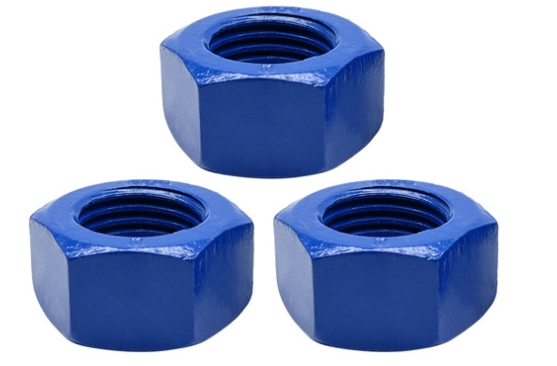
5. Sustainability
As industries increasingly prioritize environmental responsibility, there is a growing demand for nuts made from eco-friendly materials. Recycled metals, such as steel and aluminum, are becoming more common, reducing the need for virgin resources and lowering the carbon footprint of manufacturing processes. Researchers are also exploring the use of biodegradable polymers, such as polylactic acid (PLA), for nuts in non-critical applications.
While these materials are not yet suitable for high-stress environments, they offer a promising solution for reducing plastic waste in consumer products. Additionally, sustainable coatings and treatments, such as water-based or powder coatings, are being developed to replace traditional chemical treatments, providing corrosion resistance and other protective properties without harmful environmental effects.
6. Smart Materials
Smart materials can respond to external stimuli, such as temperature, pressure, or magnetic fields, to adapt their properties in real-time. Shape memory alloys (SMAs), for instance, can “remember” their original shape and return to it after being deformed, making them useful in applications where nuts need to maintain tension or alignment under varying conditions.
Self-healing materials, which can repair minor cracks or damage autonomously, are also being explored, offering the potential to extend the lifespan of nuts and reduce maintenance requirements. While still in the experimental stage, piezoelectric materials, which generate an electric charge in response to mechanical stress, could be used in applications where monitoring stress or vibration is critical.
7. Additive Manufacturing
Additive manufacturing, or 3D printing, is transforming the way nuts are designed and produced. This technology allows for the creation of complex geometries and customized designs that were previously impossible with traditional manufacturing methods. On-demand production enables the creation of nuts in small batches or even as single units, reducing waste and inventory costs.
This is particularly beneficial for specialized applications where standard nuts may not suffice. Additive manufacturing also allows for precise control of material distribution, resulting in nuts that are lighter and stronger. For example, lattice structures can be incorporated into the design to reduce weight without compromising strength. Rapid prototyping capabilities further accelerate the development process, allowing manufacturers to quickly test and refine new designs.
8. Customization
As industries demand highly specific performance characteristics, custom nut manufacturers are tailoring nut materials to meet unique operational requirements. High-strength ceramics are being developed for aerospace applications that require extreme thermal resistance, while cryogenic materials are finding use in the storage and transport of liquefied natural gases.
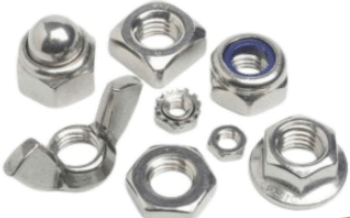
Key Factors to Consider for Choosing the Right Nut Material
This chart provides a clear overview of the essential factors influencing material selection to ensure optimal performance and reliability in specific applications.
| Factor | Description | Example Considerations |
| Environmental Conditions | Resistance to corrosion, humidity, temperature extremes, and chemical exposure | Marine environments require stainless steel or brass; chemical plants may need Hastelloy. |
| Mechanical Properties | Strength, hardness, and resistance to wear and fatigue | High-stress applications may require alloy steel or titanium. |
| Weight Requirements | Need for lightweight materials in weight-sensitive designs | Aerospace applications often prefer aluminum or magnesium. |
| Electrical Properties | Conductivity or insulation requirements | Electrical systems may use brass (conductive) or nylon (insulating). |
| Thermal Resistance | Ability to withstand high or low temperatures without deforming | High-temperature environments may require Inconel or ceramic materials. |
| Cost Efficiency | Balance between performance and affordability | General-purpose fasteners often use carbon steel for cost-effectiveness. |
| Application-Specific Needs | Special properties required for unique operations, such as non-magnetic or cryogenic resistance | Medical equipment may need PEEK; cryogenic systems may use specialized alloys. |
| Sustainability | Use of eco-friendly or recyclable materials | Green initiatives may favor recycled metals or biodegradable polymers. |
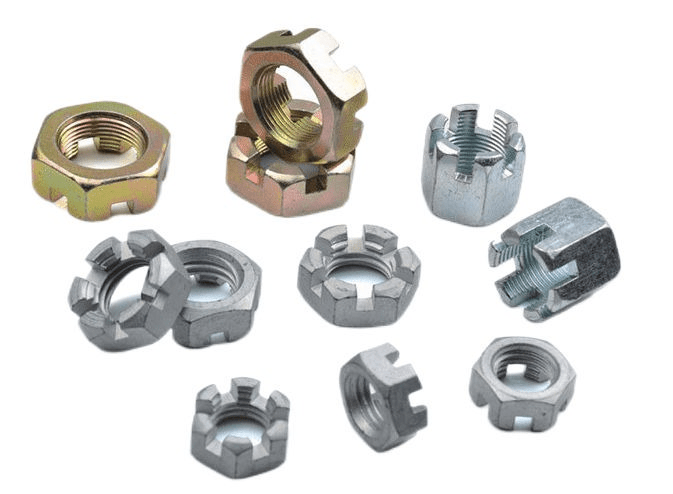
Summary
The innovations in nut materials are driving significant advancements in fastening technology, enabling industries to meet the demands of modern applications. From high-performance alloys and lightweight composites to smart materials and eco-friendly solutions, these advancements cater to the evolving demands of strength, durability, and sustainability.

